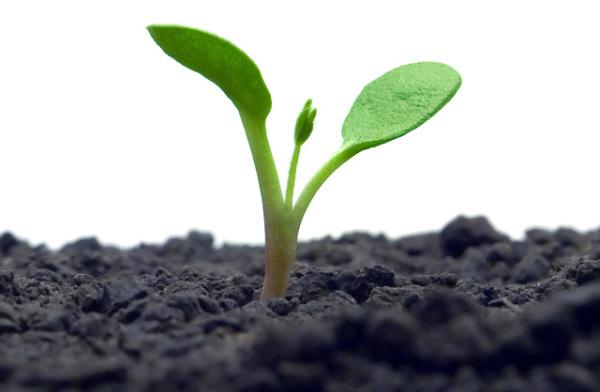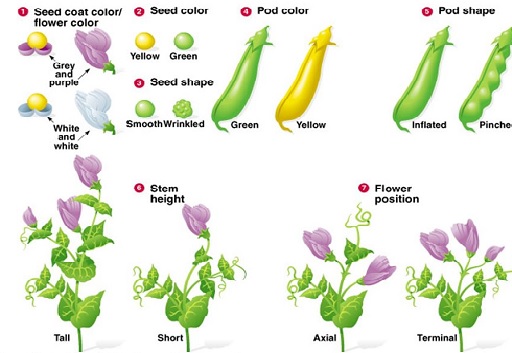Updated By: LatestGKGS Desk
Role of Macro-and Micro-nutrients in Plants, Functions, and Facts

What are micronutrients and macronutrients in plants? What is the role of micro and macronutrients in plants? Functions & Details
Essential elements perform several functions. They participate in various metabolic processes such as permeability of cell membrane, maintenance of osmotic concentration of cell sap, electron- transport systems, buffering action, enzymatic activity and act as major constituents of macromolecules and co-enzymes in the cells of plants.
Different parts and functions of essential nutrients are given below.
Nitrogen:- This is the essential nutrient element required by plants in the greatest amount. It is absorbed mainly as NO3- though some are also taken up as NO2- or NH4+. Nitrogen is one of the major constituents of proteins, nucleic acids, vitamins, and hormones.
Phosphorus:- Phosphorus is absorbed by the plants from the soil in the form of phosphate ions.
Potassium:- It is absorbed as potassium ion (K+). In plants, this is required in more abundant quantities in the meristematic tissues, buds, leaves and root tips. Potassium helps to maintain an anion-cation balance in cells.
Magnesium:- It is absorbed by plants in the form of divalent Mg2+. It activates the enzymes of respiration, photosynthesis and is involved in the synthesis of DNA and RNA. Magnesium is a constituent of the ring structure of chlorophyll and helps to maintain the ribosome structure.


